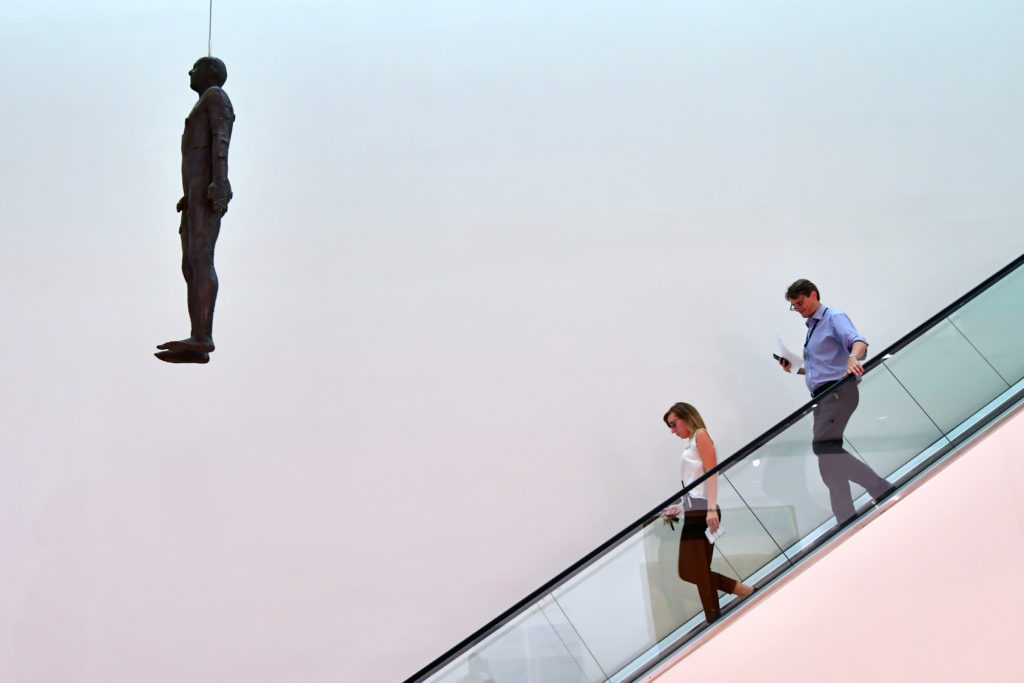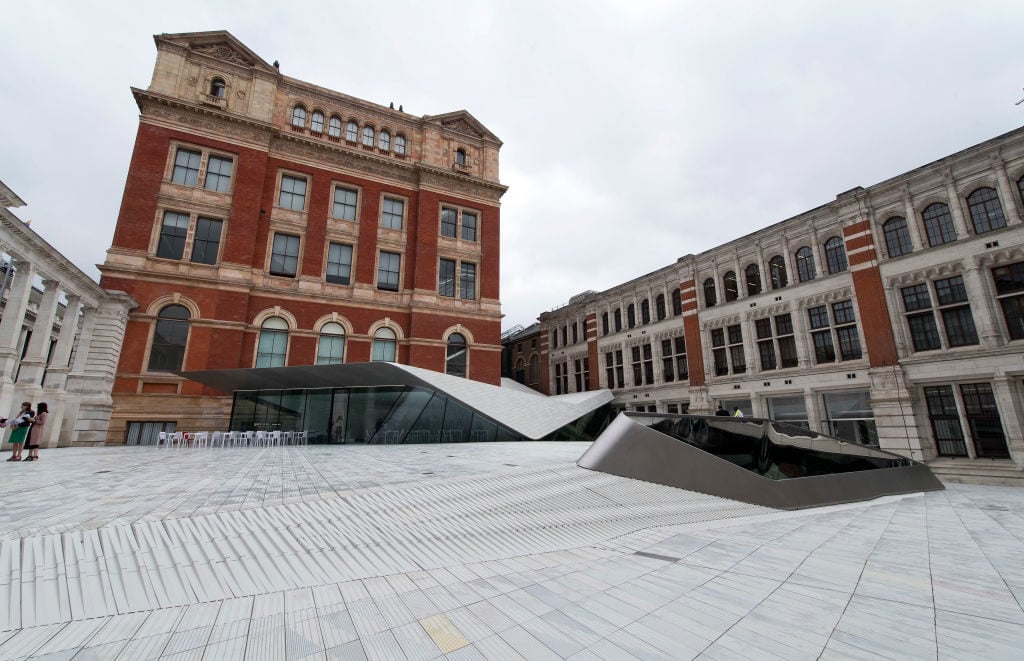Art World
London’s Leading Museums Face Growing Scrutiny Over Donations Linked to Opioid Crisis
The trustees of the National Portrait Gallery are weighing the potential cost and benefit of accepting $1.4 million from the Sackler Trust.

The trustees of the National Portrait Gallery are weighing the potential cost and benefit of accepting $1.4 million from the Sackler Trust.

Javier Pes

Britain’s art museums are under intense scrutiny for accepting donations from charities linked to the Sackler family, which critics claim is tainted money.
The risk for reputational damage—and the threat of a high-profile anti-opioid demonstration like the one artist Nan Goldin recently staged at the Metropolitan Museum of Art—has increased after an investigation by the Evening Standard newspaper revealed that art institutions in London have received around £80 million ($112 million) from two charities founded by the UK-based members of the Sackler dynasty.
The director and trustees of the National Portrait Gallery in London are currently weighing whether or not to accept a £1 million ($1.4 million) grant from the Sackler Trust. A spokeswoman for the Portrait Gallery tells artnet News: “As with all pledges, it is currently going through our internal review process in line with our ethical fundraising policy and charitable objectives.”
The gallery’s decision will be closely watched by its peers. As public funding for Britain’s national museums has declined over the past decade, institutions have had to raise more money from foundations and corporate sponsors.
In the past, donors classified as “high risk” have included tobacco manufacturers, arms dealers, and people in the adult entertainment industry, according to a report last year by the government’s financial watchdog, the National Audit Office.
But the report advised museums to be increasingly diligent about reviewing any donation that “creates an association with an individual or entity which is perceived to be inappropriate or unethical by other stakeholders.” This, presumably, now includes money linked to the opioid crisis.
Eight out of 10 art museums in London that have benefited in the past from grants from the Sackler Trust or the Dr Mortimer and Theresa Sackler Foundation—including the Tate, National Gallery, and Serpentine Galleries—would not say whether they would accept money from these organizations in the future, when asked by the Evening Standard.

The Sackler Courtyard at the Victoria and Albert museum in London. Photo: Justin Tallis/AFP/Getty Images.
The Victoria and Albert Museum (V&A), which opened its Sackler Courtyard last year, has said that it would. “The Sackler family continue to be an important and valuable donor to the V&A,” a spokeswoman says.
University museums in Oxford and Cambridge have also benefited from Sackler largesse. Oxford’s Ashmolean Museum, for example, has received money for its endowment and has a Sackler-funded keeper of antiquities.
A spokesperson for Oxford University tells artnet News that “at present, there is no intention to reconsider the Sackler family and trusts.” In Cambridge, the Sackler Trust has funded a new gallery at the recently reopened Kettle’s Yard, a house museum of Modern and contemporary art . The gallery did not immediately respond to a request for a comment. The Fitzwilliam Museum, which is also part of the University of Cambridge, declined to comment when asked if it would solicit funding from the Sackler charities in the future, noting that it has not received such donations in the past five years.
The UK-based Sacklers are descended from Mortimer Sackler, one of the three brothers who founded Purdue Pharma in 1952. Mortimer Sackler, who moved to England in 1974, and his British wife, Theresa, founded the charity that bears their name. He died in 2010 at age 93. Theresa Sackler is the chair of the Sackler Trust.
The family’s company, Purdue Pharma, has been accused of playing down the risk of addiction proposed by OxyContin. The company announced in February that it would stop promoting opioids to physicians.
Not every gallery that is named after a Sackler is linked to profits from Purdue Pharma’s sale of OxyContin, however. The Royal Academy of Arts’s reinstallation of its Sackler Sculpture Gallery, completed last fall, was funded by Jillian Sackler, the widow of Arthur Sackler. Arthur died in 1987, nearly a decade before the controversial drug was introduced, and his brothers bought his shares of Purdue. A representative for Jillian Sackler has stressed that none of the donations made by Arthur Sackler or his widow were made possible by the sale of OxyContin.